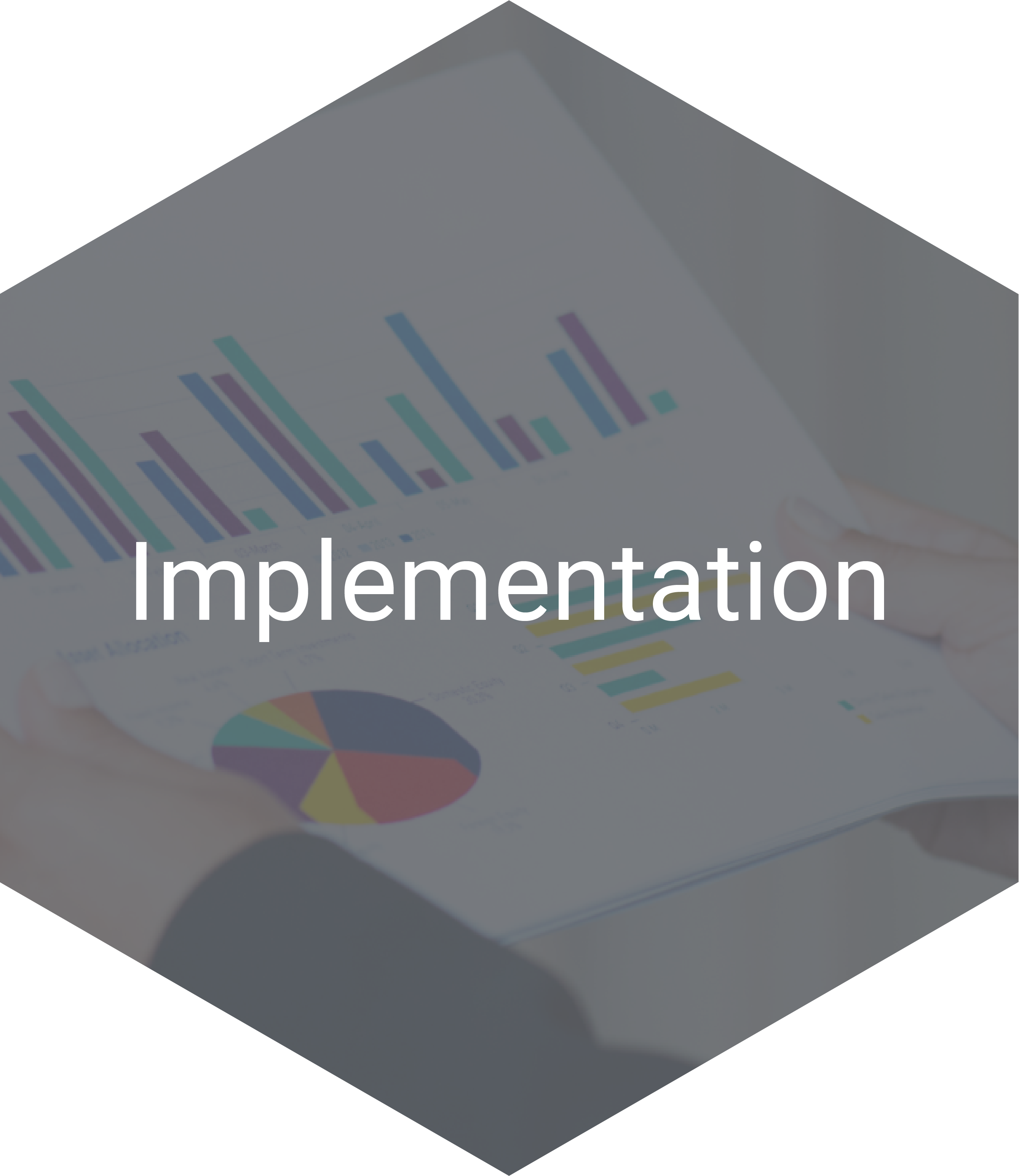Implementation is putting a plan into action to produce a desired result.
This resource focuses on selecting and implementing strategies presented in the Division of Violence Prevention’s (DVP) Resources for Action. The Resources for Action, formerly known as “technical packages,” contain a select group of strategies that represent the best available evidence to help prevent or reduce violence.
This implementation guide is designed to support state and local health agencies and other partners who have a role in planning, implementing, and evaluating violence prevention efforts. Depending on where you are in the implementation process, the sections in this guide can be used in any order or can stand-alone.
This resource is organized into multiple sections, each focused on one phase of implementing a violence prevention plan:
- Planning — assessing needs, resources, and capacity, and creating a comprehensive plan
- Partnerships — identifying and engaging community members and partners
- Policy Efforts — where public health fits in the policy process
- Strategies and Approaches — choosing strategies and approaches that are likely to prevent violence
- Adaptation — changing approaches to fit needs while still producing intended outcomes
- Implementation — putting your plan into action
- Evaluation — tracking and measuring outcomes
Tools, Stories, More
Each section includes examples of the best available evidence for preventing violence. Each section includes corresponding tools, stories, tip sheets, and resources related to that phase of implementation, or you can search for any of these from the resources page:
Tools, such as worksheets and checklists, build upon violence prevention guidance and can be downloaded for use.
Tools, such as worksheets and checklists, build upon violence prevention guidance and can be downloaded for use.
Tip sheets share more on specific implementation topics and can be downloaded for reference.
Stories illustrate how violence prevention concepts can be applied. These brief real-life examples present how others have successfully done this work.
Resources provide a list of links to relevant readings or useful tools.
Preventing Violence
CDC is committed to preventing violence so everyone can be safe and healthy. We are widely promoting and using science-based programs, policies, and practices with partners and communities. Preventing violence can dramatically improve community well-being and attainment of the highest level of health for all people. Some communities experience greater risk for violence, including homicides, and injuries, due to social and economic conditions where they live, learn, work, and play. Exposure to violence is associated with a range of physical and mental health outcomes, making violence prevention an important goal.



The Division of Violence Prevention developed five Resources for Action that represent the best available evidence to prevent different forms of violence: child abuse and neglect, intimate partner violence, sexual violence, suicide, and community violence. Each resource includes strategies to prevent violence from happening in the first place as well as to lessen the immediate and long-term harms of violence.
Each Resource for Action includes a select group of strategies, the specific approaches to advance each strategy, and the evidence supporting them.
Strategies lay out the actions to achieve the goal of preventing violence.
Approaches are the specific ways of advancing a given strategy – accomplished through programs, practices, and policies. The Resources for Action include examples of policies, practices and programs supporting each approach.
Comprehensive violence prevention means addressing multiple factors and engaging various sectors, such as public health, government, and business. It is important to engage community members, local leaders, and individuals with lived experience of violence, in all stages of planning, implementation, and evaluation. A comprehensive violence prevention plan includes a mix of strategies and approaches and addresses the social and structural determinants of health that cause some communities to experience disproportionate violence rates.
In combination, the strategies in the Resources for Action can help change norms, environments, organizations and behaviors in ways that prevent violence.
The Centers for Disease Control and Prevention recognizes ChangeLab Solutions for their assistance in developing Violence Prevention in Practice. Learn the Violence Prevention Fundamentals on which these strategies are based.
Social determinants of health, the conditions where people live, learn, work and play, are impacted by structural determinants. Structural determinants are the economic and social conditions that impact access to critical resources such as food, housing, and transportation. Addressing the historical and current conditions that increase the likelihood of violence is essential to violence prevention.

 STORIES
STORIES RESOURCES
RESOURCES APPROACHES
APPROACHES CONTACT
CONTACT





